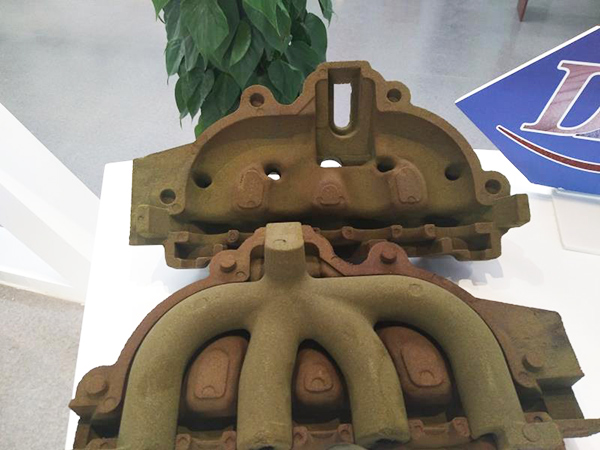The Importance of Sanding in 3D Printed Resin Parts
As the field of 3D printing continues to evolve, more enthusiasts and professionals are turning to resin printing to achieve intricate details and smooth finishes. However, even with its ability to produce high-resolution models, resin prints often require post-processing to reach their full potential. One essential technique in this finishing process is sanding, which can dramatically enhance the aesthetic quality and overall performance of resin prints.
Resin 3D printing, particularly with technologies like stereolithography (SLA) or digital light processing (DLP), allows for the creation of highly detailed parts with complex geometries. Nevertheless, the surface of a resin print can often be rough due to layer lines or the presence of support structures. These imperfections can detract from the model's appearance and can also affect how well the component performs for functional applications. This is where sanding becomes a valuable step in post-processing.
The Importance of Sanding in 3D Printed Resin Parts
When sanding, it is essential to keep the following considerations in mind. First, always let the print fully cure before attempting to sand it. Uncured resin can be sticky and difficult to work with, and proper curing enhances the hardness of the material, making sanding easier and more effective. Secondly, it is important to sand evenly and with moderate pressure; too much force can damage the model or create new imperfections.
sanding resin 3d prints

Another crucial aspect of sanding resin prints is the dust generated during the process. Fine resin dust can be harmful if inhaled, so it is advisable to work in a well-ventilated space and to wear a mask and goggles to protect yourself. Additionally, using a vacuum or a dust collector can help keep your workspace clean and safe.
After sanding, many enthusiasts choose to apply a primer or surface coating to further improve the appearance of their prints. Primers can fill in small scratches and make it easier for paint to adhere, allowing for a professional-looking finish.
In addition to aesthetics, sanding can also enhance the functionality of resin parts. For example, if a print is meant to fit snugly with another component, a smoother surface may ensure a better fit, reducing friction and wear over time. This is particularly relevant in applications like miniatures or functional prototypes, where precision is key.
In conclusion, sanding is a vital step in the post-processing of 3D printed resin parts. It not only improves the visual appeal of models but also contributes to their overall functionality. By mastering this technique, 3D printing enthusiasts can elevate their creations, achieving the high-quality finishes that are often sought after in both hobbyist and professional realms. Whether for display or practical use, a well-sanded resin print can make a significant difference in the final outcome.
Post time:nov. . 21, 2024 01:02
Next:types of foundry sand
